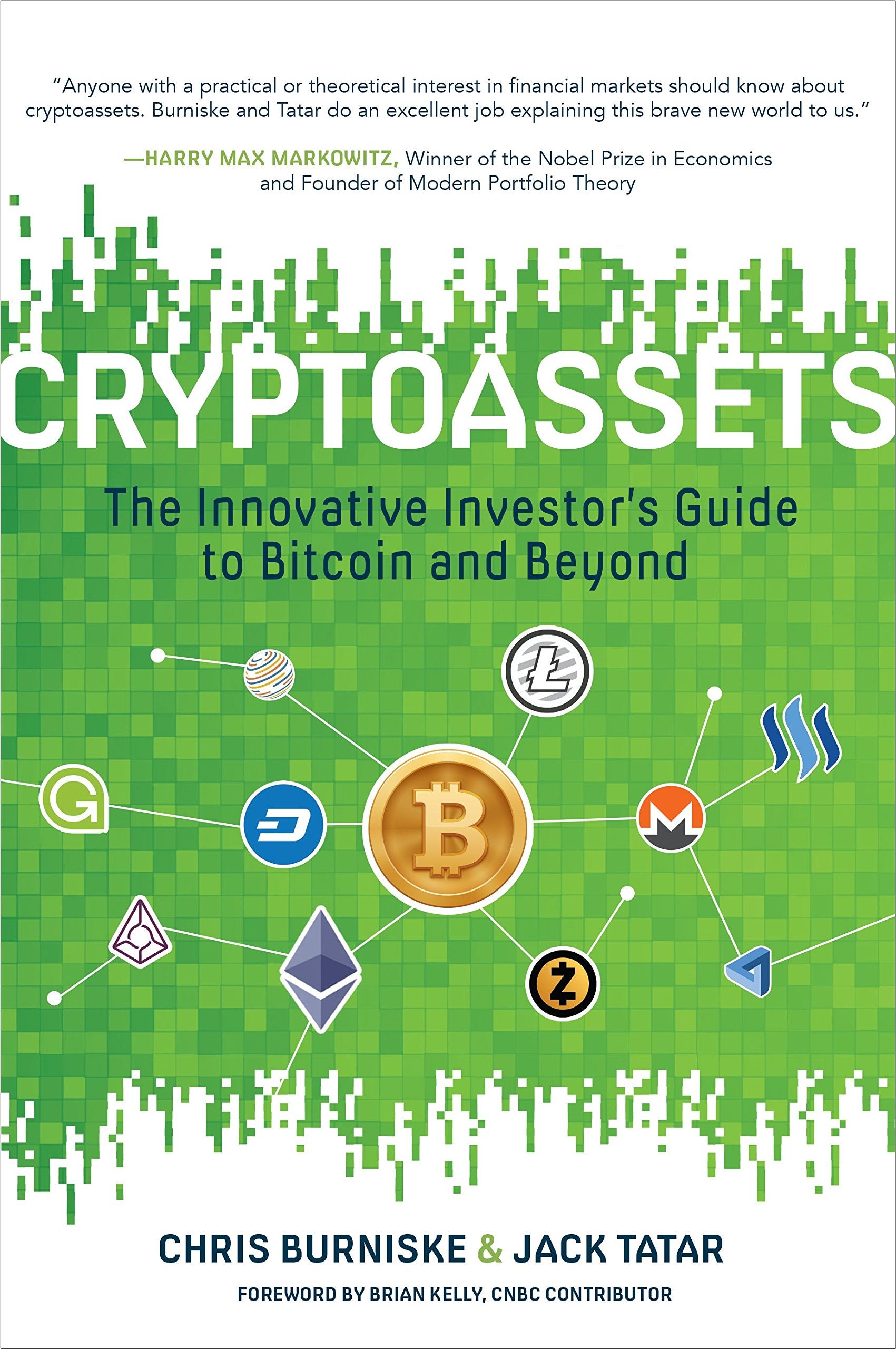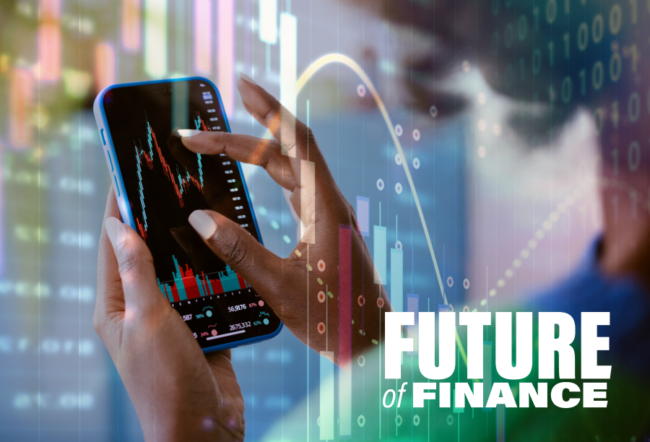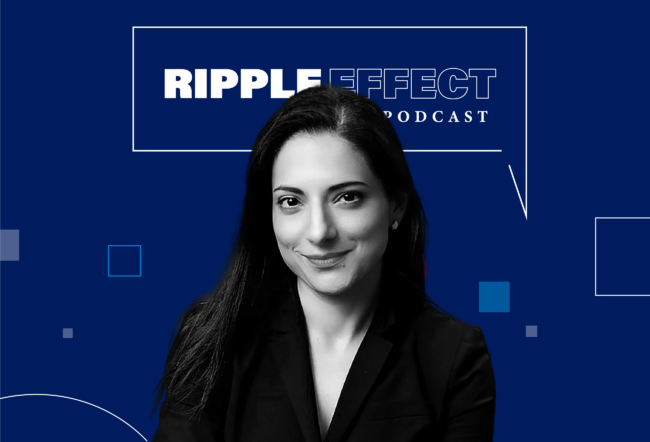Cryptocurrencies have generated a considerable amount of controversy: Regulators are ramping up scrutiny, and many believe that these highly speculative assets — particularly bitcoin — are fueling a bubble. Are they sound investments? Jack Tatar and Chris Burniske, two experts on this new asset class, aim to demystify the topic in their book, Cryptoassets: The Innovative Investor’s Guide to Bitcoin and Beyond. Tatar, an angel investor and adviser to startups in the cryptocurrency sector, talked about his book on the Knowledge at Wharton show, which airs on SiriusXM channel 111. (Listen to the podcast using the player at the top of this page.)
An edited transcript of the conversation appears below.
Knowledge at Wharton: Can you give us the history of bitcoin?
Jack Tatar: It grew out of the financial crisis of 2008, which was when the software was created by this anonymous person, Satoshi Nakamoto. We think it was also to create a new monetary system and structure that was a little bit more democratic and more decentralized, so it didn’t have those central points of authority that caused a lot of the problems with the financial crisis. We really see bitcoin growing out of the financial space. That’s why we wanted to focus the book on addressing it from the financial and investment standpoint, as well as the technological innovation that it is.
Knowledge at Wharton: What is the distinction between Bitcoin, with a capital B, and the lower-case bitcoin?
Tatar: Bitcoin with the capital B stands for the platform and the Bitcoin blockchain. But the currency that is sold is bitcoin. There is a distinction there, and it’s not intentional. The people in the bitcoin community aren’t intentionally trying to confuse people. We’re just trying to put some clarity to a lot of the taxonomy that’s involved.
Knowledge at Wharton: How many cryptocurrencies are out there right now?
Tatar: When we first finished the book in March of last year, I think we were looking at about 700 different cryptoassets. Now you’re looking at 1,300 to 1,400. It seems to be growing exponentially. One of the problems is the user experiences aren’t all that great with buying these currencies. A lot of people gravitate towards the larger currencies, which are easier to trade, like bitcoin, litecoin, ethereum. We’re seeing ripple rising as well.
“You don’t bet the ranch on this. You view this as an alternative asset in your overall portfolio.”
One of the things we really wanted to do with the book was define the taxonomy of what we call cryptoassets. Everyone refers to them as cryptocurrencies, but there are not 1,300 cryptocurrencies. A cryptocurrency is something like a bitcoin, which can be used as a currency. But then there are assets like ethereum, which we don’t see as a currency but as a cryptocommodity. Then we see certain application tokens that are cryptotokens. We felt there was a need to define them.
Knowledge at Wharton: How are governments responding to cryptoassets?
Tatar: You’ve seen a lot of press around China outlawing it and governments stepping in. There’s a limited amount that governments can do to these assets because they’re decentralized. It’s kind of like the horse is out of the stable already. These assets are being created and distributed around the world.
But what governments can do, like they did in China, is step forward and shut down exchanges where these coins can be converted into currency. It’s not so much they’re shutting them down for good, they’re just trying to get their arms around some of the KYC (know your customer principles) and AML (anti-money laundering regulations), and define who owns this asset. I think that’s something you’re going to see governments step up and do. That’s maybe where they have a place to be involved, to better define who owns this asset for reasons of taxation and things along those lines.
Knowledge at Wharton: What is the future for cryptocurrencies?
Tatar: They are all very different. We can say bitcoin is a currency, but yet it has some limitations in terms of transaction speed and other things. So, it’s not the optimal form for transaction. Other people will say it’s a great store of value, something along the lines of gold. They all have their different uses.
I said there are 1,300 assets out there. A handful of those are really worthwhile, which are really things that people should look at as investments. But I think we’re seeing some of these new assets being created that are very valid business cases being built on the blockchain that are going to be companies that we’re going to be using on a wide basis five, 10 years from now. I think it’s very similar to what the internet was years ago. This is a new technology. Companies are being built on it, and there’s going to be a big shake out. But there will be some companies that will survive and thrive using this technology.
Knowledge at Wharton: How good of a sector is this right now?
Tatar: It’s a very hot sector right now because what’s happening is kind of a counter play to the IPO funding mechanism. There is something being done in the cryptoassets space called Initial Coin Offerings (ICOs). Companies are coming forward with a business plan, a business concept, and they’re raising money for it through an Initial Coin Offering. It’s a very democratic way to say to everybody, “Come on, buy in.” You buy this token at a certain price, and as the utility of the token increases, it will raise in value.
Now, that’s playing to a lot of the crowdfunding regulations that we’ve seen come into play. It’s also a bit of a threat to the regular capital market funding system that we’ve seen with IPOs. I think we’re seeing a lot of innovative companies coming out, finding easy ways to get funding through this ICO method. The other side of that is that there are a lot of companies that are being created that are not going to be beneficial for investors. That’s where there needs to be some regulation and some education on the investors’ side to know whether or not this is a good investment. I think you’re going to start to see government get more involved in regulating these Initial Coin Offerings.
“It’s a very hot sector right now.”
We’re already seeing that in the U.S. there are some regulations out there like the Howey Test and things we talk about in the book as ways to discern whether or not this ICO is a valid security or valid investment. It’s a fast-growing area that requires that if people are going to put their money forward in it, they’ve got to be educated in it.
Knowledge at Wharton: Is it a surprise to you that we are seeing bitcoin traded on various exchanges here in the U.S.?
Tatar: I’ve spent 20 years in the financial services industry and was a financial advisor for a period of time, so I’m not one of those young technology guys who’s looking at this space as a real geek. I come to this from the investment and the financial standpoint. I’ve always felt that once we get away from this talk, which I think is not constructive at all — [with JPMorgan Chase CEO] Jamie Dimon saying it’s a fraud, it’s a Ponzi scheme — and you start to take a look at what’s going on here, I think there are some valid ways for people to view this as an investment and potentially put it into their portfolio. So, I’m not surprised that we’re starting to see financial companies step up and say, “We’ve got to figure out how to allow investors to get involved in this in a much more user-friendly manner.”
Right now, it is not the easiest thing in the world to buy these assets. It really is not. I’ve always thought it was only a matter of time before Wall Street figured out how to make money on this and provide investment vehicles for the individual investor. I think we’re starting to see that now, and the futures market was obviously the first wave to really bring that forward.
Knowledge at Wharton: The blockchain technology used by cryptocurrencies was born out of Bitcoin, correct?
Tatar: The Bitcoin blockchain was the first example of the blockchain technology. We do hear a lot of people say, “I like the blockchain, but I don’t like Bitcoin,” and it’s kind of difficult to separate the two. You’ve seen a lot of companies who say they are going to bring in blockchain technology and try and do it in a private manner, so they bring in a decentralized manner of doing it. But they’re still controlling it through a central authority. That’s not really what the blockchain was created to do. It was created to be a decentralized platform, and Bitcoin is actually the reward system that keeps that ecosystem running. If you’ve got a system that’s running a blockchain on thousands of computers throughout the world, for them to run that software and to keep the ecosystem healthy, they’ve got to be rewarded. Bitcoin becomes that reward for them to keep this system running. That’s why it runs throughout the world.
The blockchain technology is an amazing technology, without a doubt. But when people try to bring it into a private entity, an enterprise entity, you lose a little bit of that. This is where I think it’s very interesting for people to see the real power of the blockchain versus what we’re seeing some companies doing with it, which becomes nothing more than just a new database tool for many companies. There is a distinction to be made between private and public blockchains, and Bitcoin was the first implementation of this public blockchain.
Knowledge at Wharton: What are some of the important points for people who are thinking about in investing in these types of cryptoassets?
Tatar: Back in 2013, which is far history in terms of bitcoin, I started to look at bitcoin for my own portfolio. I was riding on retirement at the time. I started to say, if I’m going to invest in this, understanding asset allocation, modern portfolio theory, all those types of things, how can I fit this into my portfolio? I started to view it as an alternative investment and an alternative asset.
What I stress to people who are looking to invest in this is, ‘You don’t bet the ranch on this. You view this as an alternative asset in your overall portfolio.’ This is perhaps where I’m different from other people who are very engaged in this space. I view this from the financial planning aspect and asset allocation and those types of things. I discuss with people that this is something that you can look at as your alternative asset, maybe the 5% to 10% in your portfolio.
“As a group the whole cryptoassets space has risen, and it’s probably due for a correction.”
I think that is a prudent investment approach versus just saying, “Hey, you know what, I’ve got $50,000, I have an overall portfolio of $100,000, I’m going to put $50,000 into bitcoin.” To me, even with the gains that it’s made, that’s not smart. Even with an asset like cryptoassets, you’ve got to fall back to proper investment portfolio analysis.
Knowledge at Wharton: But we’ve seen a rush of people jump on the bitcoin bandwagon because of these valuations that have skyrocketed in the last 12 months.
Tatar: You look at this, and it has all the earmarks of a bubble at certain points, and there are certain assets that I do believe are in a bubble right now. You have to view all of these assets individually. Yes, as a group the whole cryptoassets space has risen, and it’s probably due for a correction.
But when that correction happens, that’s not going to kill what’s going on with this. I think it’s going to be very similar to what you saw with the internet. We saw a lot of companies that people realized were not valid companies. But out of that grew Amazon and some of these other companies of the internet. I think you’re going to see something similar with that on blockchain and some of these other assets and businesses that are being created there.
Without a doubt, you can see people rushing to it because of the gain. But I think you’ve got to do this in an educated, eyes-open manner. One of the things that upsets me a bit is that the individual investor is getting really no direction. Firms are saying, “You can’t advise your clients on this space. You can’t talk to them about this,” which I don’t think is a good thing. I think they’ve got to become educated and be able to talk to their clients about it, even if it’s to tell them in an educated manner why it’s not right for them.




